When I first landed on Andros, the island’s history just seemed to leap out at me from every street and hillside. As I wandered past the grand ship captains’ mansions, stories of a noble past surrounded me, giving Andros a character and charm I haven’t found anywhere else.
The place feels both timeless and alive. Old sea tales echo here, blending right into daily life.
What really caught me off guard? Andros doesn’t just rest on its history; it buzzes with a vibrant art scene. Modern art museums and galleries sit beside neoclassical homes, letting your mind wander from ancient legends to contemporary creativity.
If you love Greece, Andros isn’t just about pretty views—it pulls you into a blend of heritage and fresh ideas. Exploring here means you’ll stumble on something inspiring, whether it’s art, architecture, or just getting lost in the old lanes.
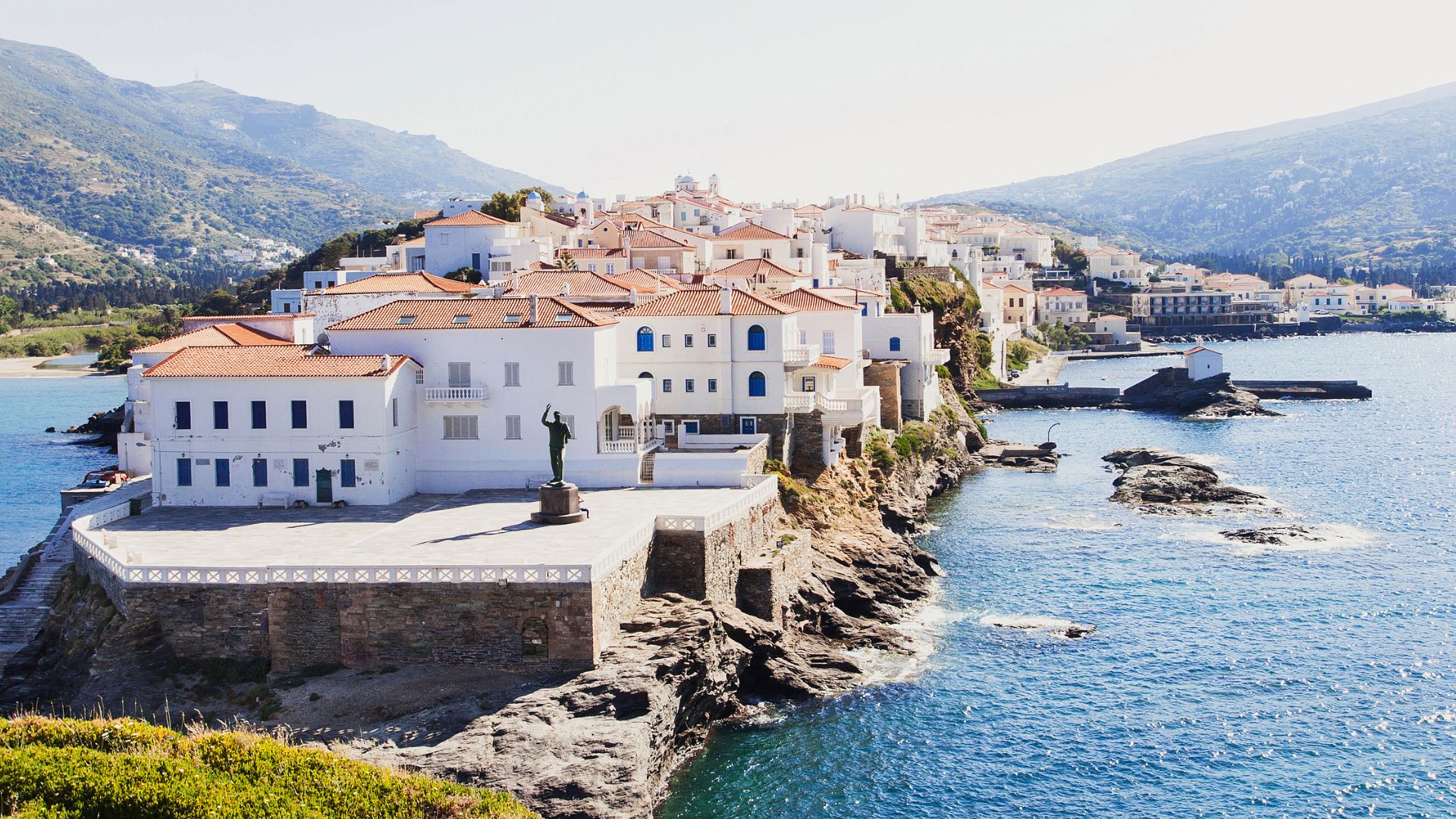
Legacy of Ship Captains: Andros’ Noble Heritage
Bold ship captains shaped Andros, bringing both prosperity and a quirky sense of tradition to the island. Their legacy lives on in the architecture, stories, and customs you’ll notice as you stroll around.
I always find myself noticing how these old families left their mark everywhere.
Merchant Fleet and Global Connections
As I walk through Andros, I can almost see the old harbor bustling with life. The island once had a powerful merchant fleet.
Ship captains from here sailed all over the Mediterranean, and some even reached North America, trading with places like New England and Maryland.
Those ships came back loaded with textiles, spices, and oddities from distant places. Some captains even connected with early American settlers—stories that remind me of the Mayflower’s adventurous spirit.
This trading prowess brought wealth and a sense of worldliness to local families. These seafarers really tied Andros into the bigger story of commerce between Europe and America.
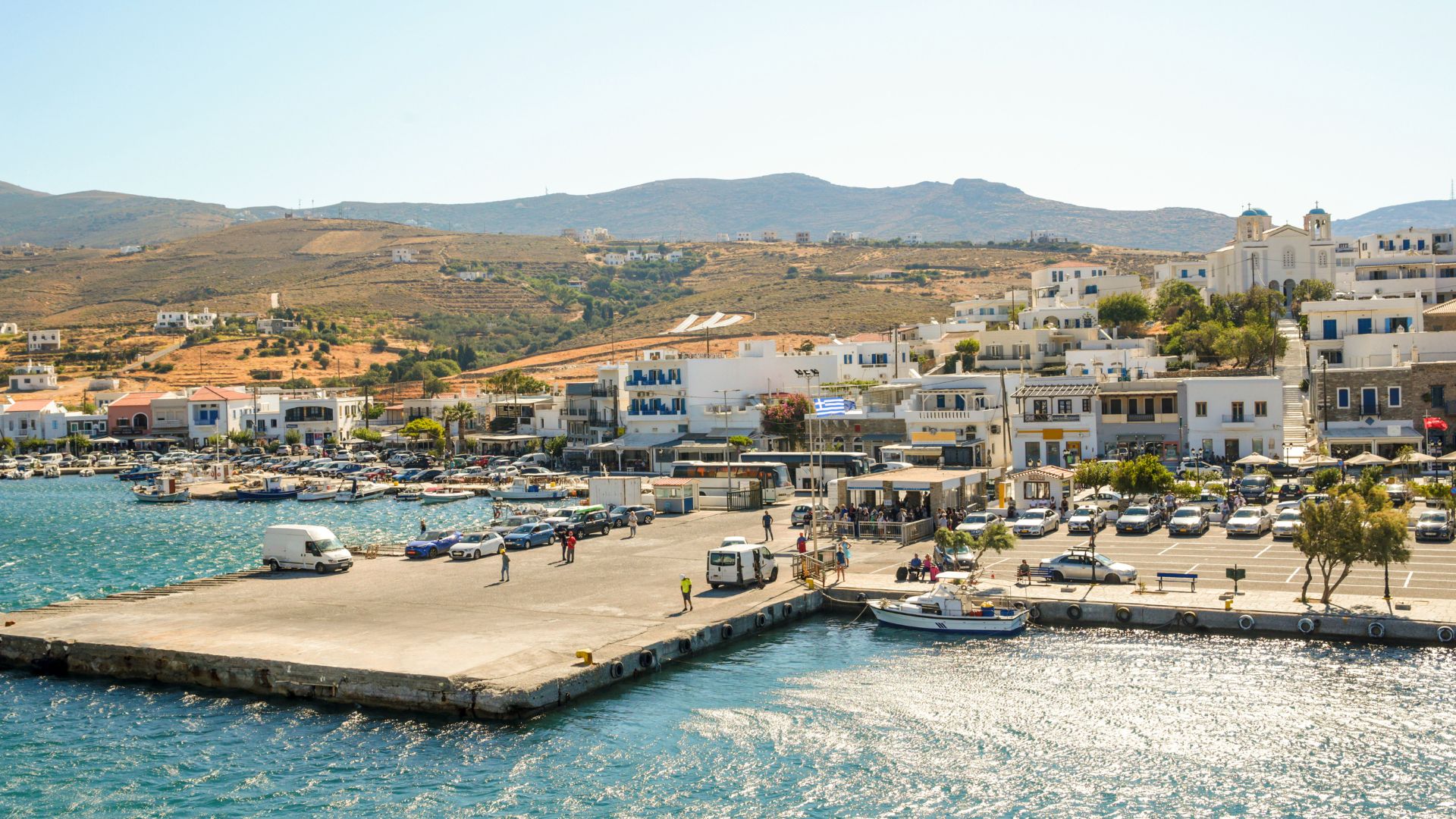
Ship Captains’ Mansions and Family Stories
As I wander the main streets, those mansions built by ship captains stand out—bright, elegant, and full of hints about their owners’ travels. Many homes are still cared for, with courtyards displaying old navigation charts, ornate furniture, and portraits of dignified ancestors.
Locals love to share tales about their sea-faring relatives—their cleverness, their grit, and the wild adventures that got them home. These stories shape Andros’ character and show how those captains set the tone for excellence and stubborn perseverance.
Now, some mansions have turned into boutique hotels or museums. When I stayed in one, the artifacts and family stories felt alive all around me.
Social Customs and Manners of Old
Social life here still echoes the old seafaring families. I notice a quiet elegance at festivals, in the way people eat together, and in everyday manners—reminders that the old gentry valued grace and hospitality.
Back then, gentlemen borrowed rituals from their travels. Tea ceremonies, polite greetings, and a certain decorum shaped daily life, not unlike what you’d see in English or colonial American society.
Even now, these customs influence gatherings. Whether I’m sipping coffee with locals or joining a festival, I feel the old spirit of Andros’ pioneers—rooted in tradition, but always a bit cosmopolitan.
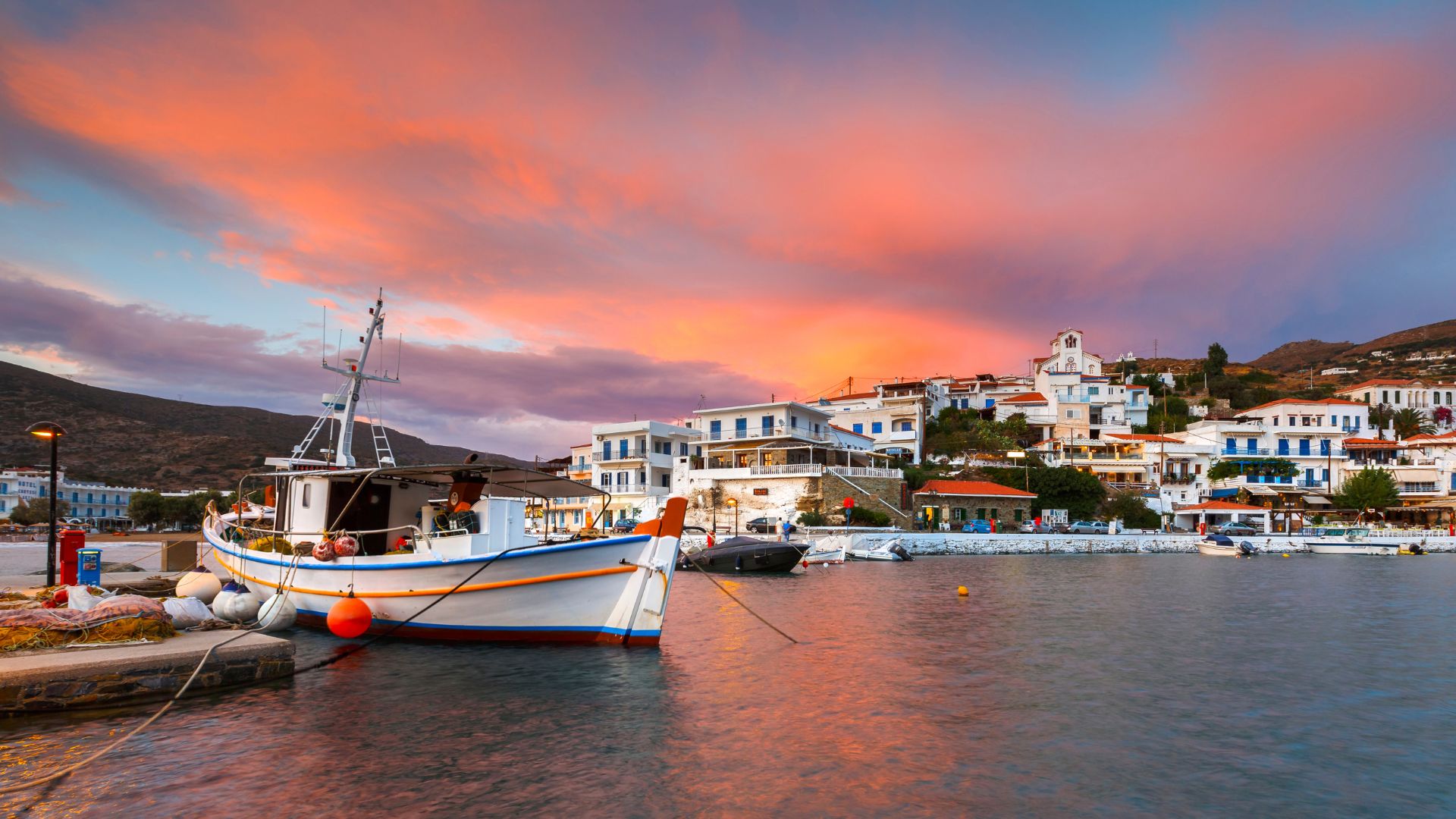
Landing in the Modern Era: Art, Museums, and Culture
Andros has more than stone mansions and salty sea stories. Its art and culture scene surprised me—a fresh mix of modern creativity and deep respect for local tradition.
The Museum of Contemporary Art
When I visited Andros, I made a beeline for the Museum of Contemporary Art. Founded by the Goulandris Foundation, it brings Greek and international art together in a way that feels thoughtful and a bit daring.
The collection includes big names like Matisse, Picasso, and the Greek painter Nikolaos Gyzis. The building itself is a modern Greek marvel. Sunlight pours in through huge windows, bouncing off white walls and highlighting splashes of bold color.
There are two wings—one for permanent collections, the other for rotating exhibitions. Every visit feels different, so coming back is always tempting.
Exhibitions shift with the seasons. Sometimes they focus on beauty or action, ideas that nod to the classics but feel totally new. The guides are helpful, and there’s plenty to read if you want to dig deeper.
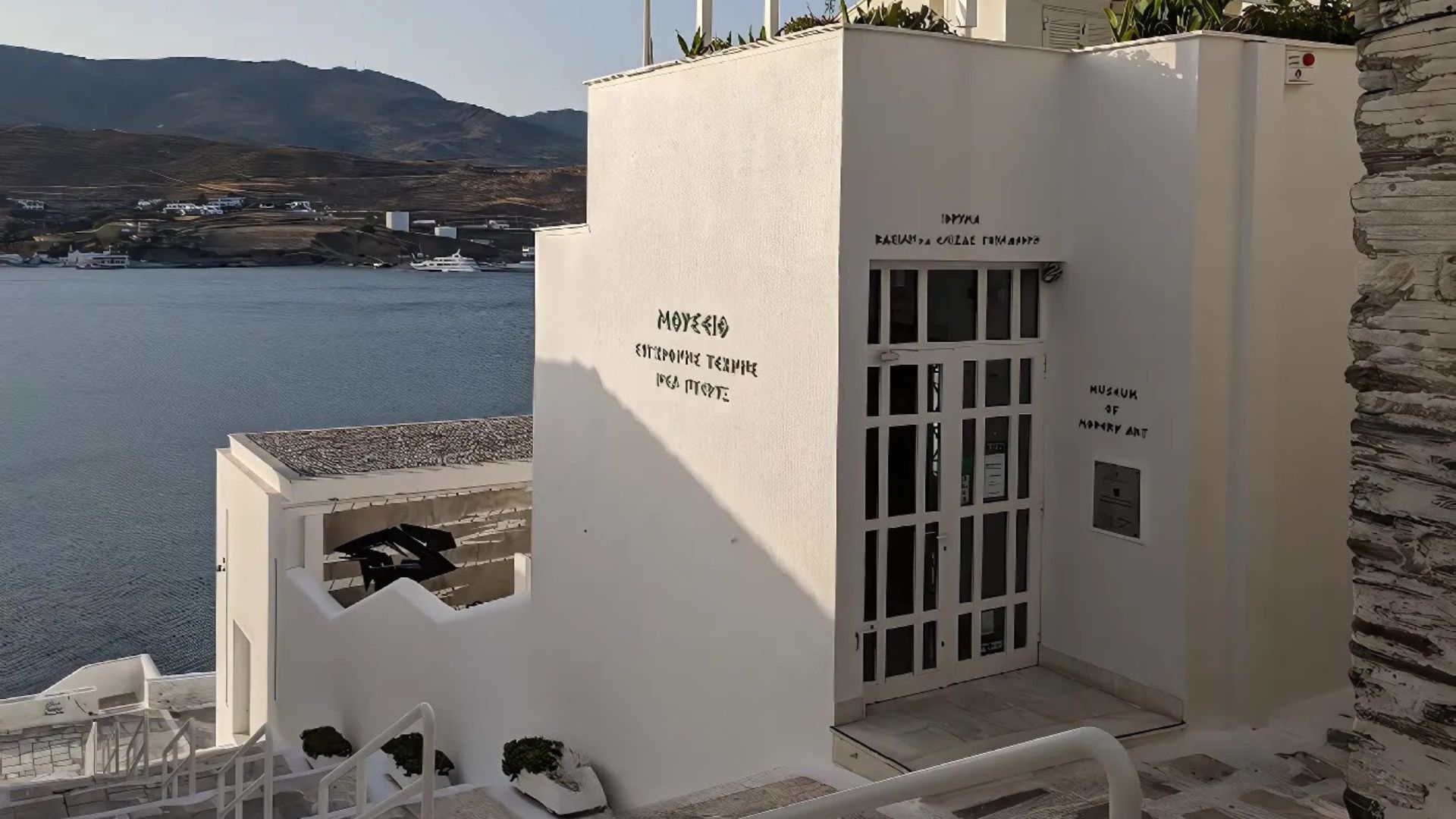
Traditional Folklore and Local Artists
What really stays with me is how much traditional culture inspires local artists. In the old town, I found workshops with hand-woven textiles, delicate pottery, and wooden icons. These crafts use natural materials and reflect daily life, shaped by generations.
Summer brings folklore festivals. Locals dress up in old campi costumes, dance in the square, and keep customs alive that have survived since Byzantine times. Musicians play bagpipes and lutes, sending songs echoing down the alleys.
Some artists mix tradition with the unexpected—combining ancient ornament with modern styles, or painting scenes inspired by the Temple of Theseus or even classic works by Poussin. It’s a lively collision of old and new, and every piece seems to reflect Andros’ creative spirit.
Public Spaces, Sculpture, and Street Art
Public spaces in Andros aren’t just decoration—they invite you to stop and think. Sculptures dot the main squares and breezy promenades. Many honor sailors or ship captains, but some are playful and abstract, sparking your imagination.
Walking from the museum to the harbor, I spotted murals covering old walls, each telling a different part of Andros’ story. Some use bright blues and greens, while others go for subtle shades. The street art feels right at home, adding a living, ever-changing layer to the town.
Benches, fountains, and gardens become gathering spots for long chats or quiet moments. The whole island feels like an open-air gallery, where anyone can pause, reflect, and connect.
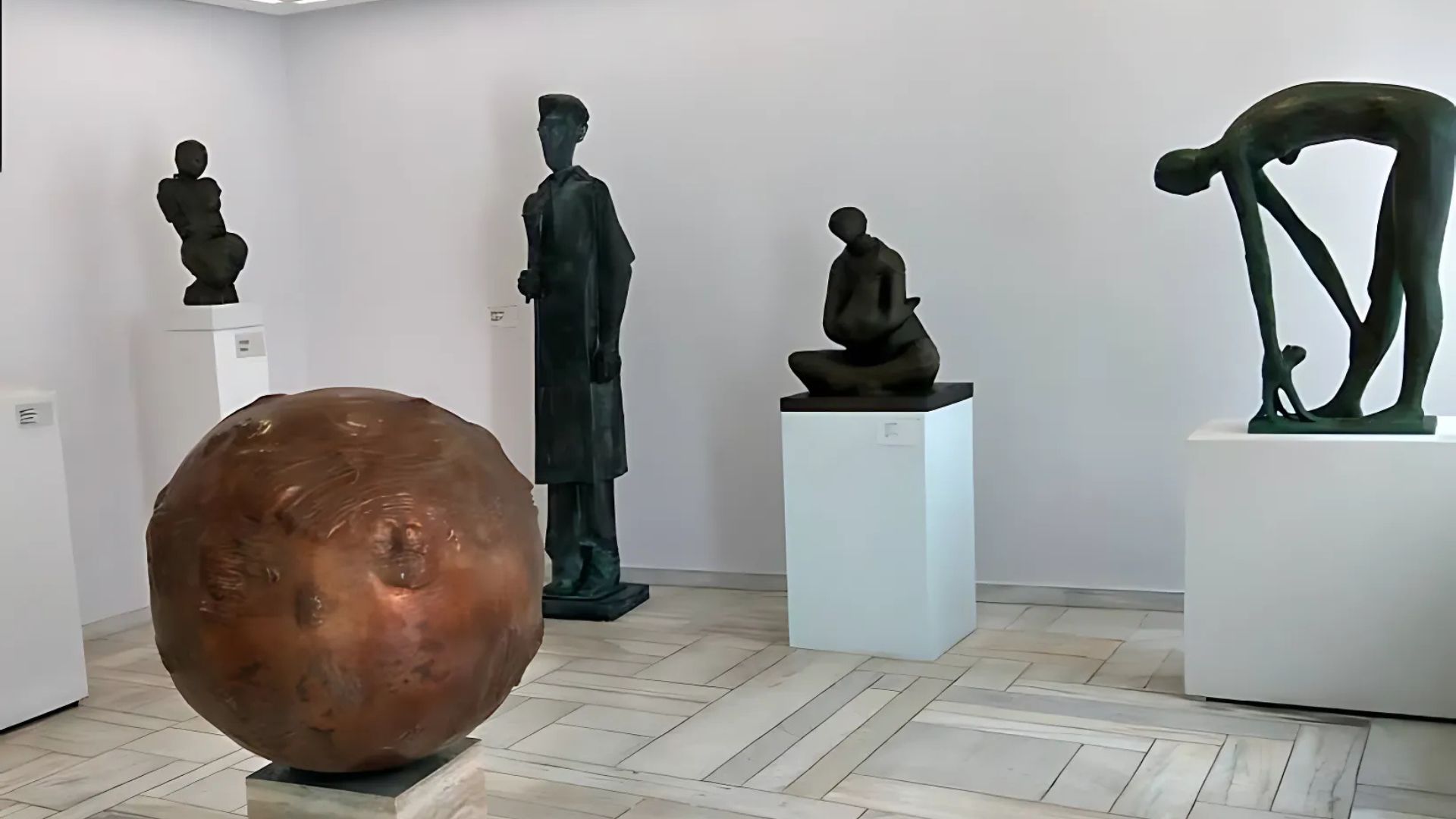
Hidden Manuscripts and Letters: The Written Spirit of Andros
Andros has a secret side for anyone who loves the written word. As I explored, I stumbled on layers of history hidden in archives, journals, and rare books—revealing both public events and private thoughts from long ago.
Archives, Diaries, and Family Journals
Every room in the old manor houses seemed to whisper secrets. I flipped through archives and found dusty diaries and family journals from ship captains, diplomats, and local artists. These handwritten records feel honest, unpolished, and full of personal reflection.
Many families on Andros still keep logbooks or manuscripts from their ancestors. Some wrote about wild voyages and crazy storms; others just shared daily worries or celebrations. As I turned the pages, I found recipes, opinions on politics, and encouragement from mothers to sons headed off to sea. It hit me how much of Andros’ history lives in these everyday notebooks.
Rare Publications and Literary Treasures
Andros’ libraries and museums hold rare books and old newspapers. At the Andros Museum of Modern Art, I came across an old publication table used by local writers. Among the stacks, I found printed poems, literary reviews, and even American classics translated into Greek.
Some manuscripts are so rare they’re stored in climate-controlled rooms. These include early diploma certificates and signed letters between important historical figures. I even got to see a centuries-old printed journal—holding it felt like holding a piece of living history.
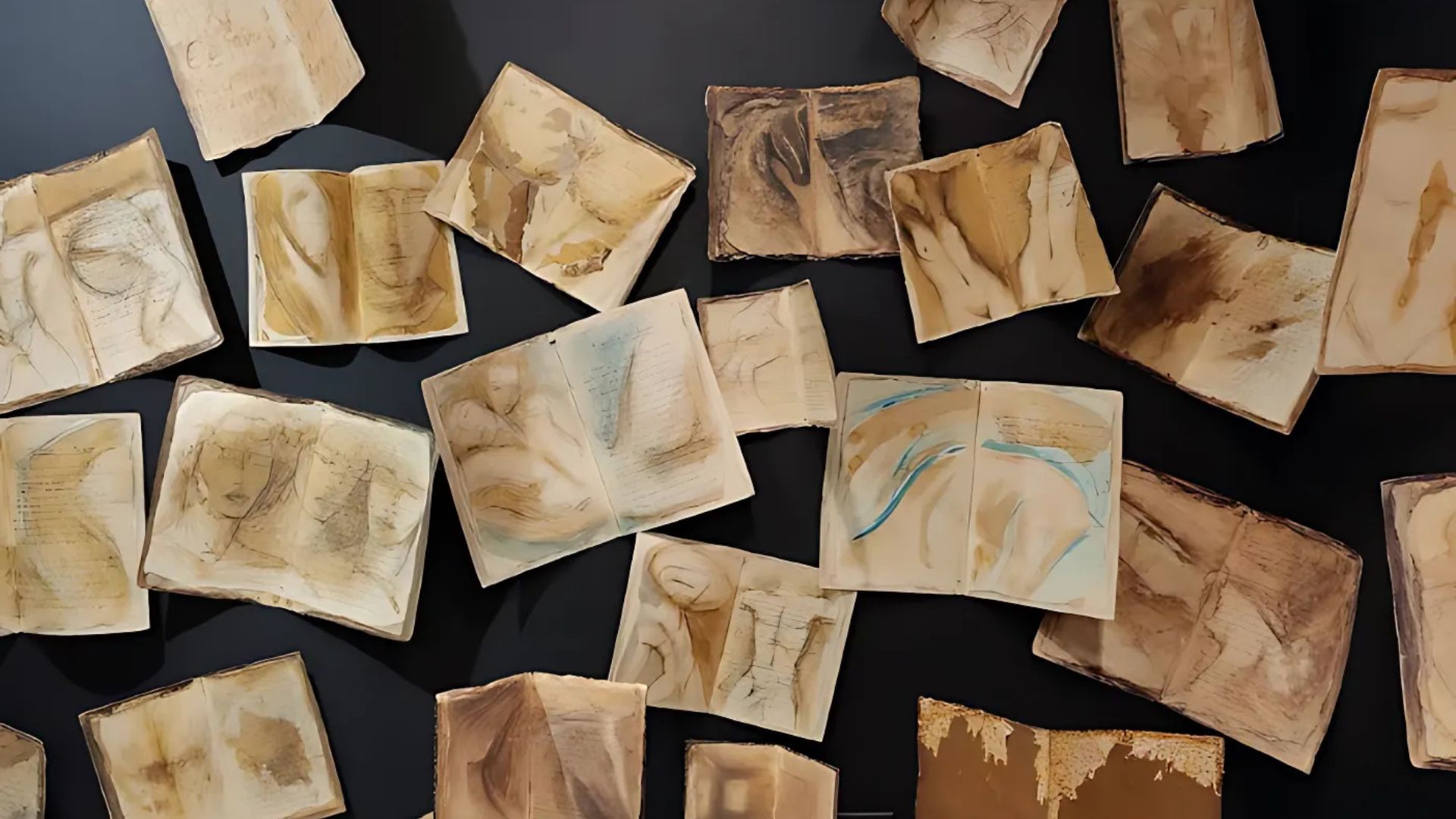
Insight and Judgment in Andros’ Literary Criticism
Literary criticism here doesn’t just stay in the classroom. At coffee shops and festivals, I heard lively debates about new books or classic poems. Visitors and locals compare publications or argue over a manuscript’s worth.
These conversations show how much Andros values knowledge and reflection. Respected elders often reference old letters or journals, mixing personal opinion with careful study. Andros’ literary culture feels alive and open to anyone who’s curious enough to join in.
From Odyssey to Artistry: Myth, Epic, and Modern Marvels
Andros ties deep mythic roots to a buzzing modern art scene, surprising me with every visit. Ship captains’ tales mix with stories of ancient monsters and shipwrecks. Today’s artists turn those same legends into bold, colorful works.
Maritime Legends and Heroic Journeys
Down at the old harbor, I almost hear echoes of Homer’s Odyssey in the wind. Sailors from Andros once faced dangers just like Odysseus, always chasing something beyond the horizon.
Their journeys remind me of classic tales—Robinson Crusoe, or even Stranger in a Strange Land—where being far from home brings out courage and heroism.
Locals still talk about sea monster legends—Scylla, Charybdis, even the Hydra. Stories of dangerous waters and daring rescues linger, especially in families whose ancestors built the island’s grand mansions.
Old mirrors in captains’ homes reflect more than faces; they hold centuries of epic struggles and triumphs.
Artistic Representations in Modern Times
Inside the Museum of Contemporary Art in Chora, I see Greek myths reimagined through paintings, sculptures, and mixed media. Local artists use shapes and shadows to suggest the twisting Hydra or the pull of Charybdis. Some capture Odysseus’s journey with swirling blues and stormy skies.
Exhibits sometimes feature mirrors, a nod to both old mansion decor and myth’s theme of self-discovery. Artists reinterpret epic stories—freedom, heroism, transformation—and pour those feelings into their work. The creative energy, shaped by wild seas and legendary tales, still pulses in Andros’ galleries and studios.
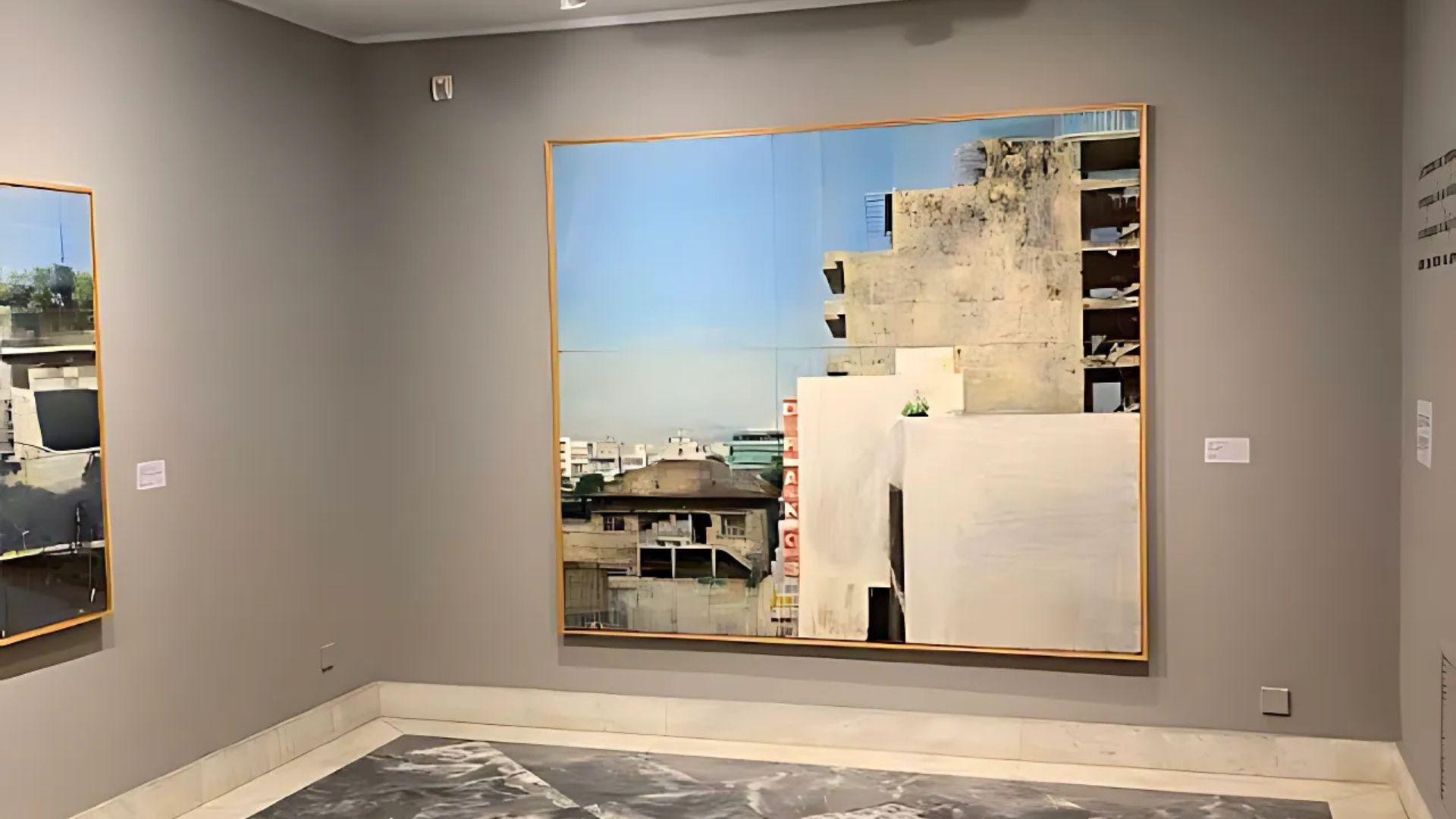
International Echoes: Andros in a Global Context
As I travel around Andros, I feel like I’m stepping through centuries of global exchanges. The island’s story is shaped by encounters—sometimes friendly, sometimes not—between cultures from the Aegean, the Ottoman world, and far-off continents.
Aegean Connections: Greeks, Turkey, and Beyond
Every corner of Andros whispers its Aegean identity. Greek traditions mix with traces of Ottoman influence. The Turks once ruled here, and you can still spot signs of their past in old buildings and place names.
People remember the days when Andros answered to the Sultan, and news arrived from the busy streets of Constantinople.
I’ve wandered alleys that once echoed with the voices of sailors, merchants, and Armenians trading from port to port. Ship captains built houses with stories behind every door—journeys reaching as far as the Far East.
Artifacts hint at trade, faith, and migration—sometimes shaped by Jesuit missionaries or travelers moving between Europe and Asia.
Tables in the museum display just how connected Andros was to the world. Turkish ceramics sit next to Greek icons, with maps and ledgers listing Venetian silver and spices from Istanbul’s markets. Seeing it all together, I can’t help but feel amazed at how far Andros’ story stretches.
Transatlantic Influences: The Americas and Europe
The waves off Andros don’t just roll toward Turkey—they reach west, too. Some captains took their ships all the way to North America, Cuba, and Brazil.
These journeys brought back wild stories (and sometimes treasures) from the slave markets in the Americas and the quiet plantations along Virginia’s James River.
I’ve met locals who swear their ancestors traded with Americans. They claim to have brought home ideas about democracy, freedom, and maybe even met Puritans, Cavaliers, and plantation owners.
It’s honestly a little mind-bending to picture someone from Andros chatting politics with George Washington or Thomas Jefferson.
Jesuit missionaries also traveled this route, stopping between Europe and the Americas. Some tales link Andrians to the Vatican or distant tribes.
Even today, I notice traces of the New World in certain foods and the style of grand mansions here. It’s this mix of European tradition and American adventure that gives Andros its unique spirit.
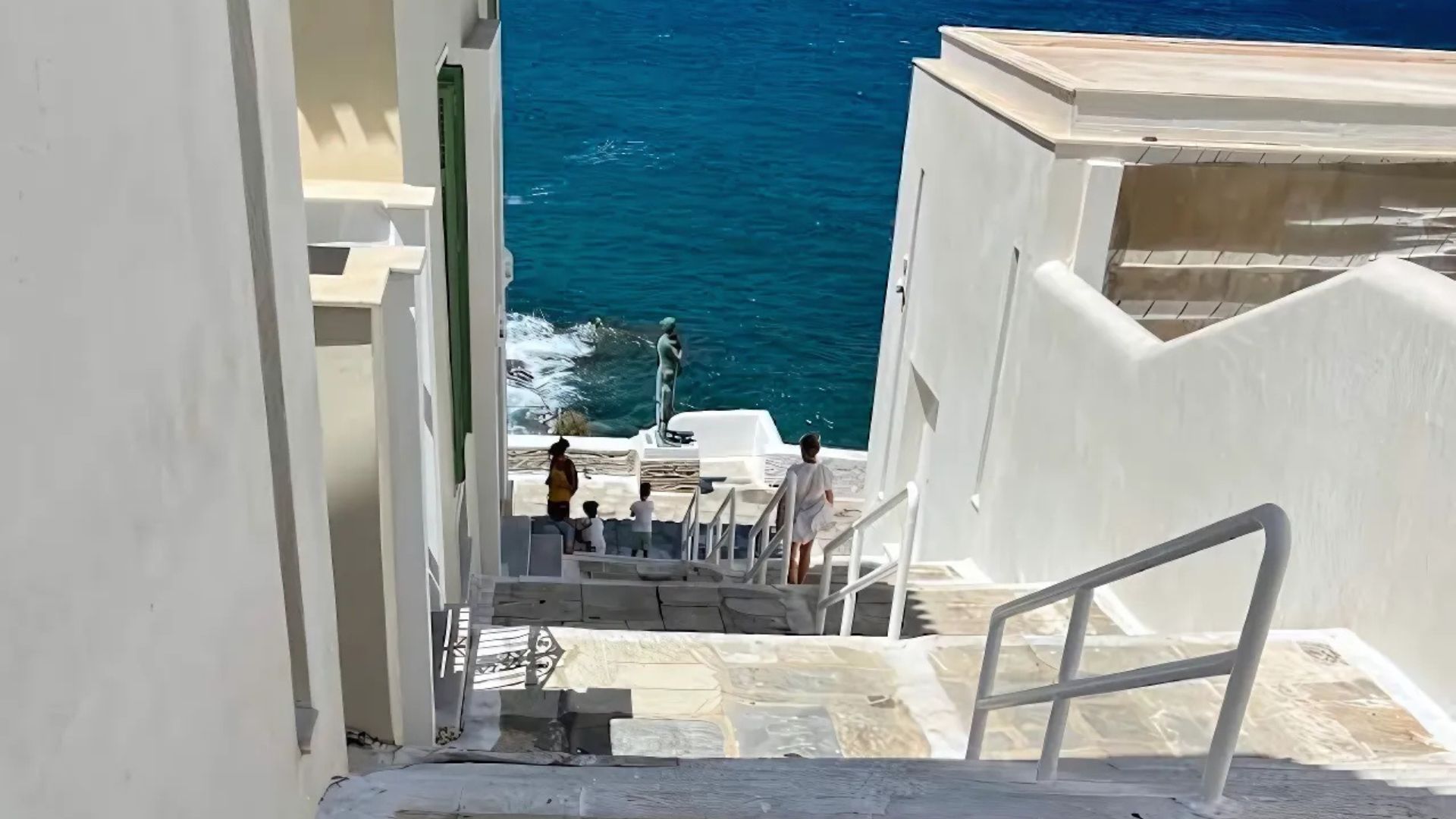
The Ever-Changing Spirit of Andros
Andros blends tradition and modern flair in ways that sometimes catch me off guard. When I walk the streets, I see how the island’s noble history shapes daily life, but it never boxes people in.
Curiosity, Vivacity, and Local Taste
My first days in Andros felt shaped by the island’s energy. People here move with a quiet elegance, but their curiosity pops out in conversation.
Locals often stop to ask about where visitors come from or where they’ve traveled. It’s a small thing, but it makes guests feel noticed and welcome.
I admire their quick wit and the easy laughter that fills the squares and cafés.
Local taste jumps out everywhere, from painted doors to artfully plated food.
Residents care about details, whether they’re arranging flowers or restoring an old captain’s mansion.
There’s a bright pride in their work. I never sense envy or malice in the air.
Gentlemen sometimes gather to talk about town affairs. Each one shares opinions shaped by years of tradition.
Andros’ cuisine packs bold flavors. Cheeses, honey, and fresh herbs show a love for both beauty and substance.
When I taste these things, I can’t help but feel that local traditions are meant for sharing, not just for keeping on a shelf.
Modern Reflection on Tradition
Tradition runs deep here, but honestly, I can feel a modern vibe weaving through it all. You’ll spot museums packed with contemporary art right next to churches that have stood for centuries.
I think these modern spaces let people figure out what’s worth hanging onto from the past—and what could use a little shaking up.
Young artists keep popping up, showing off work inspired by the sea and those winding old streets. Their art mixes classic beauty with gutsy, fresh ideas. Locals and travelers both end up paying attention.
Events light up cafés with lively debates—sometimes it’s about taste, sometimes art, and sometimes folks just argue over what elegance even means.
The real magic of Andros, at least for me, is how it juggles its rich history and these brave new voices. I’ll just wander between a grand old mansion and a sunlit gallery and feel like both are essential threads in the island’s story.

